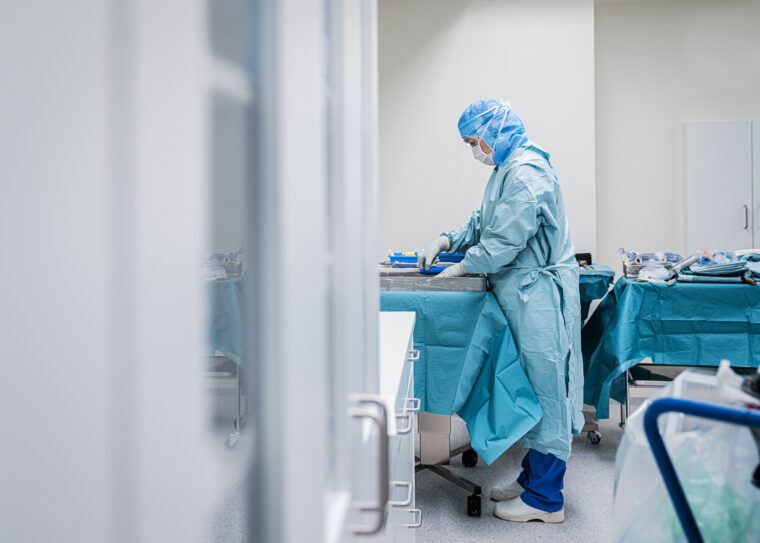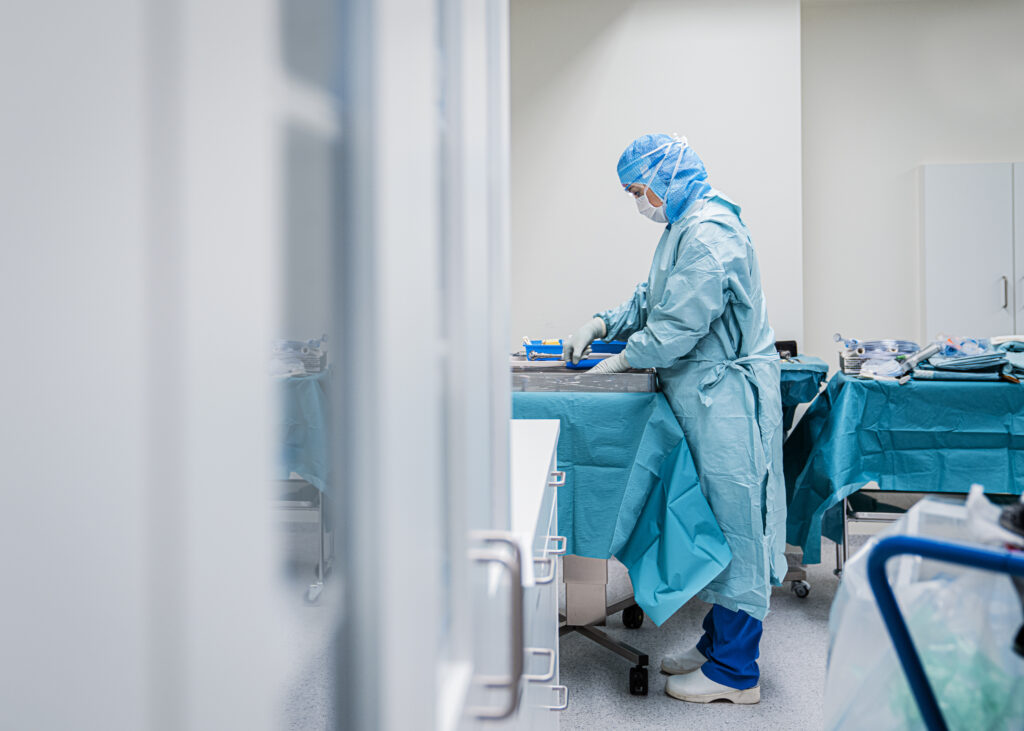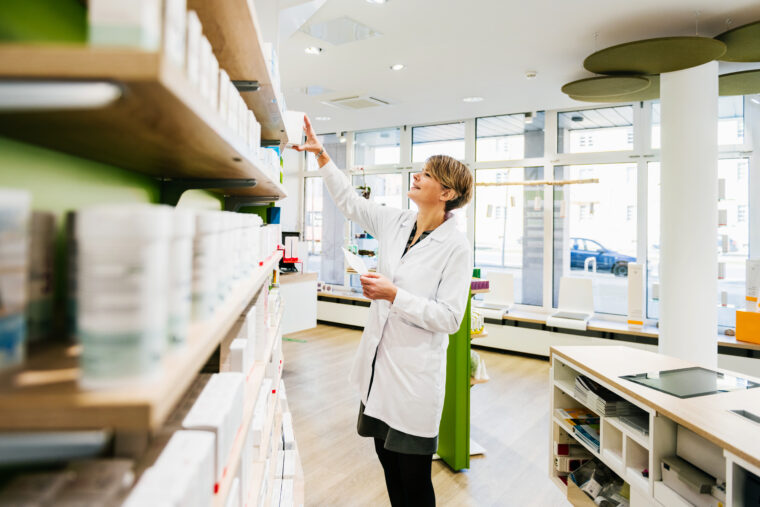In healthcare facilities and medical environments, a focus on storage solutions is important for several reasons. Proper storage of medical supplies and equipment is essential for patient safety—if supplies and equipment are not stored correctly, they can become damaged or contaminated, which can pose an infection risk to patients. Storing medical supplies and equipment in a hygienic and organized manner can help prevent the spread of bacteria and other pathogens.
The materials used can be an important factor. In choosing storage solutions, healthcare organizations must consider factors such as ease of cleaning and disinfection, durability, safety, functionality, and cost.
Medical plastic is designed to be temperature, chemical and corrosion resistant. It must handle frequent sterilization cycles and any other medical or bodily fluids it could be exposed to. Medical grade polypropylene and medical grade polycarbonate are two common polymers used in several applications, including bins and containers, shelving, and medical carts.
When considering bins and containers for shelving units, polymer plastic is a popular choice. One reason is that polymer bins and containers are easier to clean. Polymer plastics are nonporous, meaning they cannot absorb liquids or other substances, thus making them a more hygienic option.
In addition, unlike wire, which can rust and become damaged over time, polymer plastics can withstand repeated use and exposure to chemicals, which reduces the need for frequent replacements.
Polymer plastic bins and containers can be designed with a range of features, such as lids and dividers, to help organize medical equipment and supplies.
Shelving
Plastic shelving can help sterile processing departments maintain a clean environment and also provide a safer design for the storage of packs. Wire shelving units often have a front lip that can rip sterile packs and wrapped trays. However, polymer shelving has a smooth front that offers better protection. A ripped pack is immediately unsterile and requires reprocessing, which can become expensive for the sterile processing department and impact other areas of the hospital, especially if it leads to delays in the operating room.
Medical Carts
When selecting a cart for your healthcare facility, choose one that will help support your organization’s cleaning process—like a cart with built-in antimicrobial product protection. Carts made with polymer plastic provide corrosion resistance and help to maintain a smooth aesthetic finish for the life of the product. Many Metro® products including Flexline®, Starsys® and Lifeline® carts feature Microban® antimicrobial product protection.
Storage Systems Unlimited is your one-stop shop for polymer storage options. Need more guidance on selecting the right product for your hospital or department? We can help assess your needs and answer your questions. Contact us at 1-888-614-0004 or click here to request a quote.












